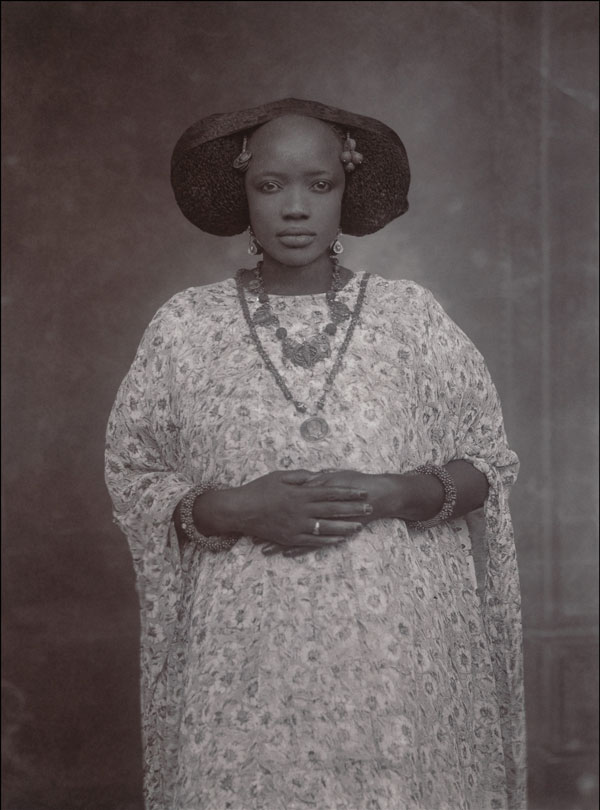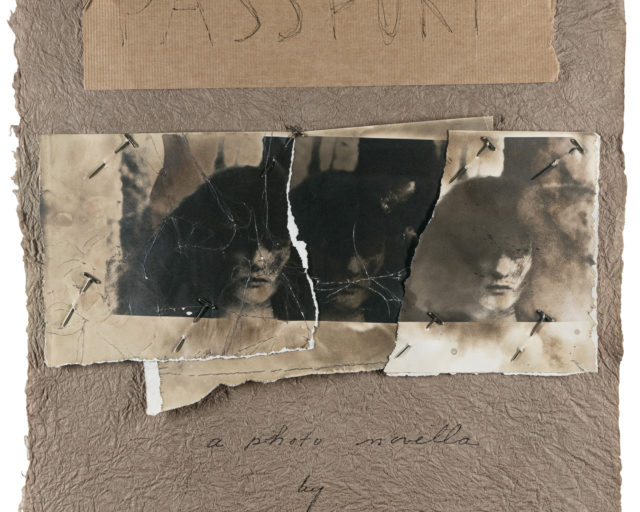Unknown Artist (Senegal). Portrait of a Woman, ca. 1910

FACADES at Yossi Milo Gallery (through October 17):
In 2005, after a twenty-year-long career in photography, the German artist Markus Brunetti went on a grand tour through Europe. Over a decade of traveling, he exhaustively recorded the facades of historic cathedrals, churches, and cloisters. For FACADES, Brunetti’s first U.S. exhibition, Yossi Milo Gallery presents fifteen of these works. Each image has been expertly assembled from hundreds, even thousands, of frames, that took weeks to years to complete. They are large-scale (five measure ten feet tall) and interpretive—modern day elements have been stripped away and reassembled according to Brunetti’s own designs.

Encouble at Benrubi Gallery (through October 24):
The Switzerland-based artist Delphine Burtin makes her U.S. debut at Benrubi Gallery. For Encouble, the gallery shows images that blur the line between photograph and sculpture. Working from cut-ups and re-photographed collages, the work is filled with optical illusions and subtle manipulations.
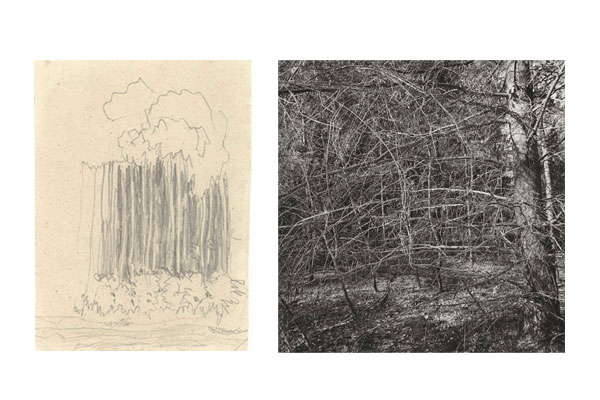
Right: Lee Friedlander, Nyack, 2000. Gelatin Silver Print © Lee Friedlander
Lee Friedlander & Pierre Bonnard: Photographs & Drawings at Pace/MacGill Gallery (through October 24):
Lee Friedlander had been photographing the social landscape of the United States for forty-two years before he decided to shift his camera to the natural landscape in 1990. With a newly acquired Hasselblad, Friedlander saw the natural world’s unyielding parade of line, light, and form as elegant patterns “deeply rooted in perceptual experience.” For this exhibition, Pace/MacGill couples Friedlander’s landscapes with the drawings of French Post-Impressionist painter Pierre Bonnard. Like the legendary American photographer, Bonnard also recorded the natural world with seamless immediacy. Here their works are viewed together to illustrate how an artistic language can be shared across time and media.
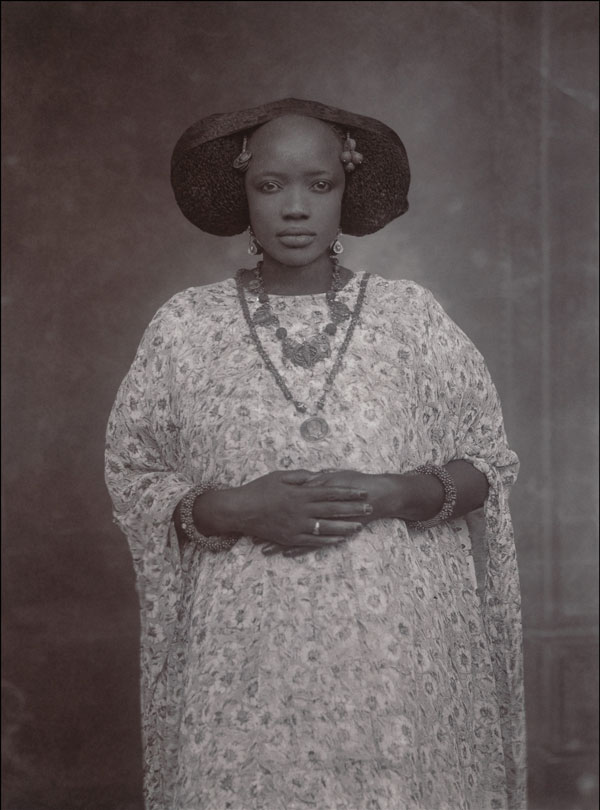
In and Out of the Studio: Photographic Portraits from West Africa at the Metropolitan Museum of Art (through January 3, 2016):
The Metropolitan Museum of Art in New York presents nearly eighty portraits taken by both professionals and amateurs taken between the 1870s and the 1970s in West Africa. “In and Out of the Studio: Photographic Portraits from West Africa” puts forward a broad variety of practices and aesthetics, juxtaposing photographs, postcards, and original negatives taken from photographers active in Senegal, Cameroon, and Mali, among others. The hundred-year survey explores the rich visual languages seen in the vast region, and much of the work is being shown for the first time alongside the work of renowned artists such as Seydou Keita, J. D. ‘Okhai Ojeikere, and Samuel Fosso.

Deborah Turbeville: Rainy Day People at Foxy Production (through October 17):
The American photographer Deborah Turbeville widened the narrative boundaries of fashion photography before she passed away, in 2013. Incorporating portraiture, architecture, and landscape, Turbeville infused multiple stylistic flourishes with enigmatic psychological portraits. In 1995, L’Uomo Vogue commissioned Turbeville to create a series of photographs that portrayed fashion in a more mysterious, moody, and ethereal light. At once suspenseful and sensual, the photographs on view had a profound influence on fashion, editorial, and advertising.
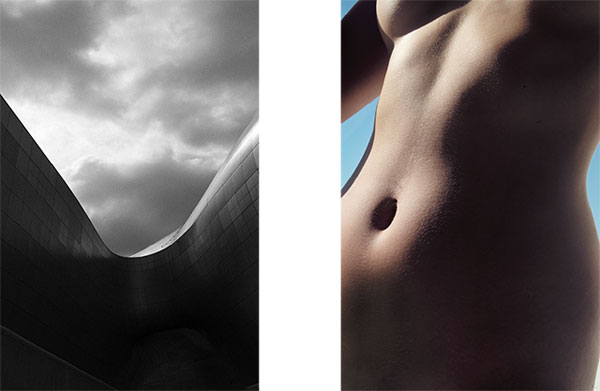
Political Abstraction at Mary Boone Gallery (through October 31):
This new exhibition opening at Mary Boone Gallery at Fifth Avenue shares its name with a Lustrum Press monograph of color and black-and-white diptychs from the veteran photographer Ralph Gibson. The photographer, who began his career working alongside Dorothea Lange and Robert Frank, has developed a unique visual style that favors isolated, shadowy, and cropped images of everyday objects. The coinciding exhibition and publication gathers images that seek to complicate the act of looking, through sequencing shape, pattern, or shadow in a crudely bounded diptych.
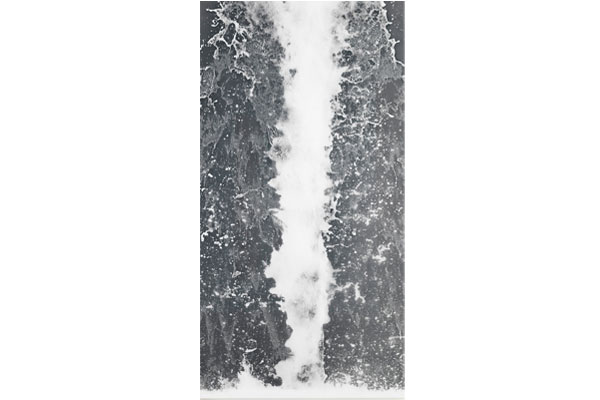
λόγος at Cheim & Read Gallery (through October 17):
The title of Cheim & Read’s exhibition of new cameraless photograms and linen-printed scans by the British photographer Adam Fuss is a reference to a principle of connectedness understood by ancient Stoic philosophers. λόγος was said to be the uniting force between the rational and the spiritual, which inspired Fuss’s large-scale photograms, measuring between seven and nine feet tall, of falling water are captured with a flash of light on light-sensitive paper, and his scans of slithering snakes.

PCR at David Zwirner Gallery (through October 24):
Wolfgang Tillmans’s first exhibition at David Zwirner is a comprehensive survey of the most important themes and processes in his career. Viewing an “exhibition [as] a medium to itself,” Tillmans installed more than seventy recent works, varying greatly in size, to allow for “a multitude of aesthetic as well as social relationships to crystallize.” Included are portraits of friends and strangers, landscapes and built environments, still lifes, and a sixteen-foot print suspended from the ceiling, among many other glimpses into the artist’s practice (look for revelatory portraits of himself and his studio).
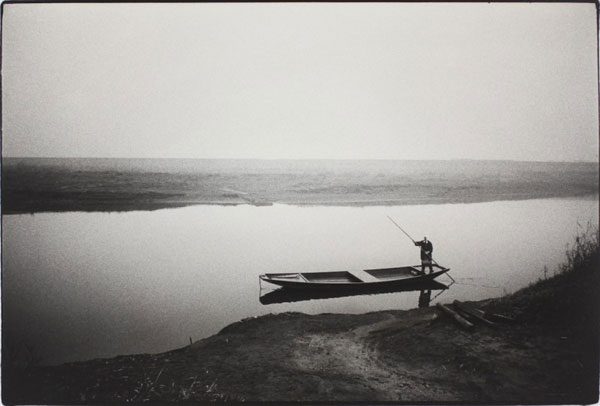
Kazuo Kitai: Students, Workers, Villagers 1964-1978 at Miyako Yoshinaga Gallery (through October 24):
The Japanese documentarian photographer Kazuo Kitai, who began his career shooting student protests, will have over thirty photographs exhibited at Miyako Yoshinaga. Kazuo Kitai: Students, Workers, Villagers 1964–1978 presents modern and vintage silver-gelatin prints, selected by Kitai, from six different series made in his career from 1964 to 1978, including selections from his first photobook, Resistance, as well as Kobe Dockers, Barricade, Sanrizuka, Somehow Familiar Places, and To the Villages.
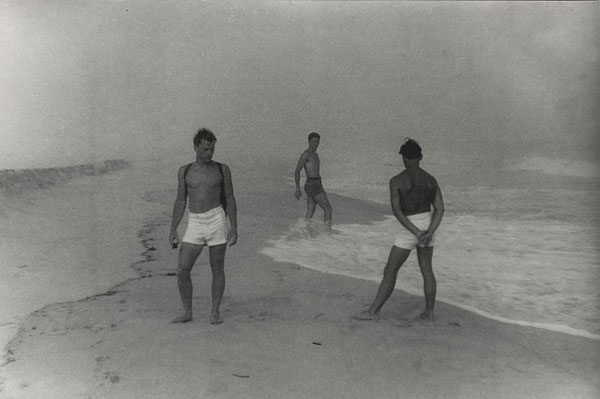
PaJaMa at Gitterman Gallery (through November 7):
Starting in the 1930s, the artists Paul Cadmus, Jared French, and Margaret French collaborated together as PaJaMa to make photographs on the beaches around New York and New Jersey, including Fire Island and Nantucket. Originally considered “socially deviant,” the work was often erotic and took a range of expression from symbolic to surreal. Now highly revered, their vintage silver gelatin prints, on view at Gitterman Gallery, explore a psychological and symbolic tension between body and landscape.
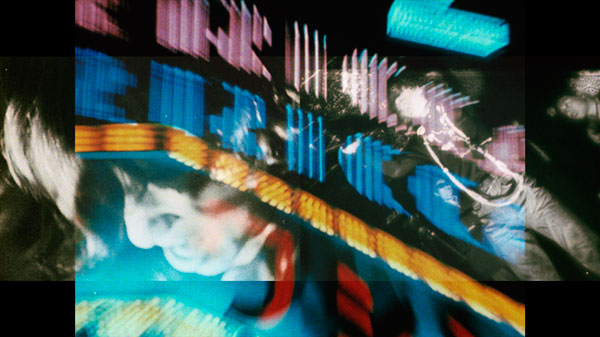
For a New World to Come: Experiments in Japanese Art and Photography, 1968–1979 at Grey Art Gallery (through December 5)/ Japan Society (October 9 through January 10)
In selecting nearly 250 art objects made by twenty-nine photographers and other artists, For a New World to Come: Experiments in Japanese Art and Photography, 1968–1979 features a wide range of postwar Japanese art practices. The selected art, on view concurrently at Grey Art Gallery and Japan Society, includes documentary photography, photographic installations, photobooks, and 16mm film projects made in the years between 1968–1979. Looking at how these works were made in a period “marked by political apathy, a weakened avant-garde, and a severe economic downturn,” the exhibition displays work that signaled a radical shift in Japanese photography and art.










